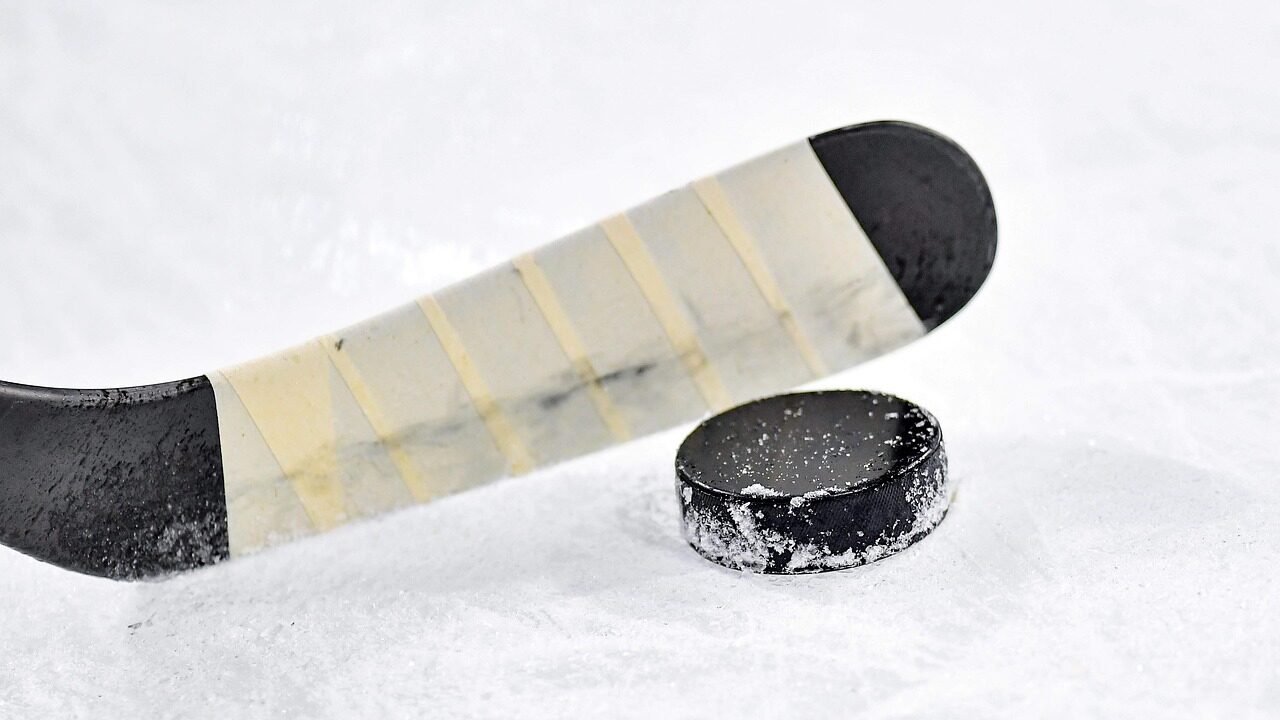Ice hockey is a team sport on ice with the goal of throwing the puck into the opposing team’s goal more times than the opposing team does in a set time. The puck is passed from player to player on the ice court with special hockey sticks. The team who threw a greater number of pucks at the opponent’s goal wins.
The International Ice Hockey Federation is an international organization that promotes ice hockey and unites national federations.
History of the origin and development of ice hockey
The debate as to where and when hockey originated is still going on. The official place of origin of modern hockey is considered to be Montreal (Canada). Another popular view is that hockey originated in Holland. There are pictures of Dutch masters, dating back to the 16th century, which depict people playing a game similar to hockey. But whatever it was in Holland, the first officially recorded hockey game was played in Montreal at the Victoria Rink, March 3, 1875.
Two years later, the first seven rules of hockey were invented. In 1879, the wooden puck was replaced by its rubber alternative. In 1886, the improved rules of the game were streamlined and printed:
- The number of players was reduced to seven;
- the entire game was played with one lineup from start to finish;
- substitutions were allowed only for injured players and after the consent of the opposing team.
The first professional hockey team was established in Canada in 1904. In the same year, teams were reduced to six players. The standard court size was established – 56 × 26 m, which has not changed much since then. It became possible to replace players not only because of injuries.
Later, the Patriki brothers introduced a system assigning a number to each player, a new system of scoring, marking out the court for specific areas. In 1945 they installed multi-colored lights behind the gates for more accurate scoring of goals.
Hockey Playground
The size of hockey rinks varies depending on the rules (NHL or IIHF). According to the IIHF version the size of the court can vary from 56 – 60 meters in length and 26 – 30 meters in width. In the NHL the size of the court is strictly fixed at 60.96 meters long and 25.90 meters wide. It is believed that a smaller court results in more colorful play, namely in power play, shots on goal and play near the boards.
Corners of the court should be rounded in a circular arc with a radius of 7 m to 8.5 m according to IIHF rules and 8.53 m in the NHL.
The rink must be enclosed by a board 1.20 – 1.22 meters high. A protective glass fence 1,6-2 m high is placed along the whole width of the pitch (including curves) on the front boards behind the gates.
The hockey pitch is equipped with two benches for penalized players.
Goal size in ice hockey
The goal in ice hockey consists of two bars (vertical posts) which are on the goal line at an equal distance from the boards and connected at the top with a horizontal crossbar. The distance between the bars (width) is 1.83 m, and the distance from the lower edge of the bar to the ice surface (height) is 1.22 m. The diameter of the crossbar and both bars is no more than 5 cm.
